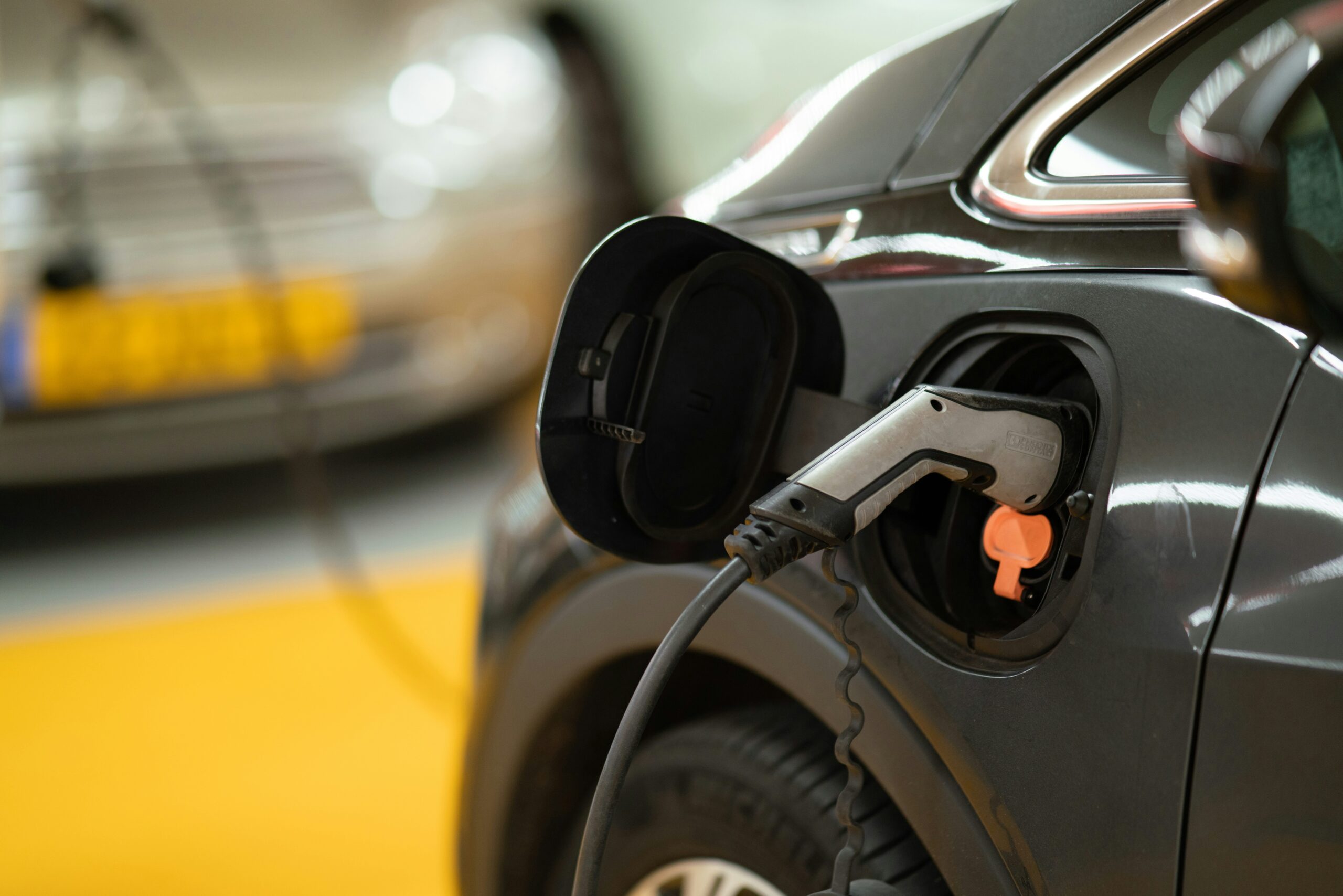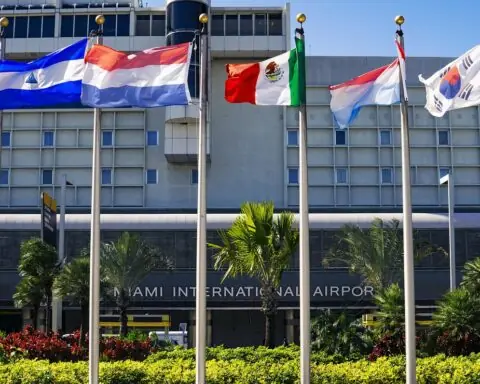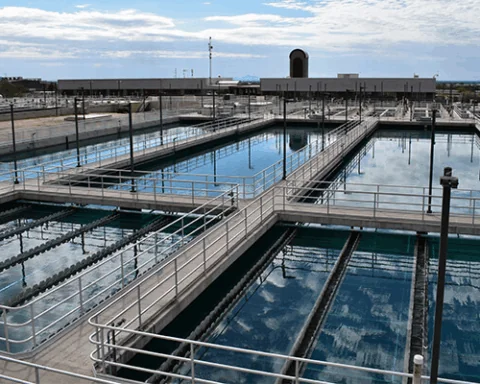The U.S. Department of the Treasury has released new guidance on the Alternative Fuel Vehicle Refueling Property Credit, a key initiative aimed at accelerating the adoption of electric vehicles across the country. The credit offers significant financial incentives for individuals, businesses and tax-exempt entities to install EV charging stations and other clean refueling infrastructure.
The transition to EVs is a major part of the U.S. strategy for reducing dependence on fuels that pollute the environment. Electric vehicles are also touted as being more consumer-friendly in the long run. The Treasury estimates that EV owners could save between $18,000 and $24,000 over a 15-year vehicle lifespan compared to gasoline vehicles, with fuel costs being the largest contributor to these savings.
RELATED: Feds seek input on future of EV charging for larger commercial vehicles
But there have been bumps in the road to EV adoption. As automakers move ahead with production, the availability of charging infrastructure is a consistent challenge in getting more electric vehicles on the road.
By making it more affordable to install charging stations, the government aims to alleviate “range anxiety,” making EVs a more viable option for a broader segment of the population.
The Treasury’s Notice of Proposed Rulemaking is a major step toward finalizing the details of credit eligibility and payments. The Alternative Fuel Vehicle Refueling Property Credit provides a tax credit of up to 30% of the cost of installing qualified refueling property, such as EV chargers and hydrogen refueling stations.
Expanded in 2022 by passage of the Inflation Reduction Act, the credit applies to new charging and clean fuel infrastructure installation until the end of 2032.
For individuals, the guidance offers a straightforward path to claim the credit. Homeowners can receive a 30% credit on the cost of installing an EV charger at their primary residence, up to $1,000 per charging port. This incentive could significantly reduce the upfront costs of home charging, making EV ownership more attractive to potential buyers.
Businesses stand to benefit substantially from the credit, with the potential to claim a maximum of $100,000 per property where they install charging stations. The guidance provides detailed instructions on calculating eligible costs, including associated equipment and installation. To qualify for the maximum 30% credit rate, businesses must also meet prevailing wage and apprenticeship requirements.
Non-profit organizations and other tax-exempt organizations can also qualify with the same maximum credit amount and labor standards as for-profit businesses. The tax-exempt guidance also introduces an “elective pay” mechanism, allowing these organizations to effectively receive a direct payment for their eligible expenses. This provision ensures that organizations like schools, hospitals, and religious institutions can participate in building out the nation’s charging infrastructure.
Following the release of the new proposal, the Treasury Department has opened a 60-day public comment period. This step allows stakeholders, including industry experts, environmental groups and concerned citizens to provide feedback on the proposed rules. After the comment period closes, the Treasury and IRS will review the feedback received and potentially make adjustments before releasing a final rule.
Photo by Michael Fousert on Unsplash













